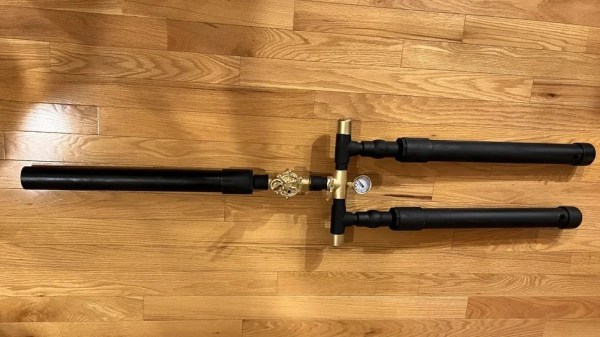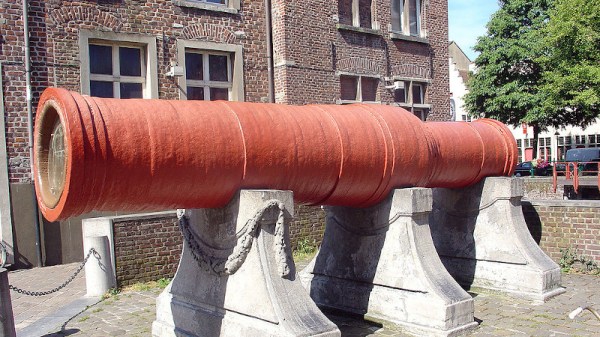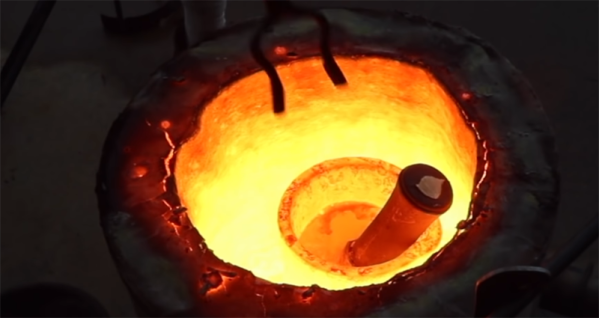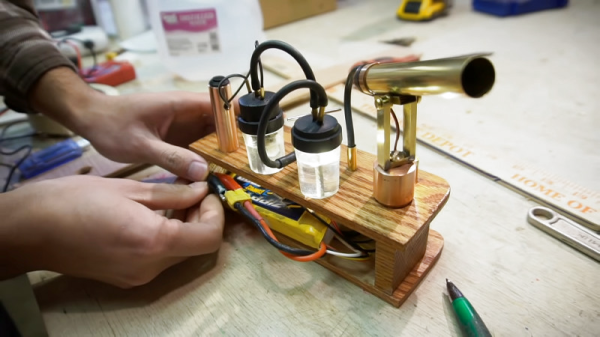The world of warfare was revolutionized by the development of black powder, fireworks, cannons, and the like. You don’t need any of that chemical nonsense to just have fun, though, as this compressed air cannon from [OtisLiu153] demonstrates.
The build uses PVC pipes for both the barrel and the air tank. In the case of the latter, avoiding over-pressurization is key to avoiding injury, though some will say you should simply never build a PVC pipe pressure vessel at all. In this case, [OtisLiu153] strictly recommends 150 psi as a limit, which is nicely within the 280 PSI rating of the 2″ Schedule 40 PVC being used. Though, as they note, the connections in the design aren’t necessarily up to the same rating.
Off-the-shelf couplings are used to piece everything together, with the twin-reservoir design also acting as a useful shoulder mount. Charging the cannon is done via a Schrader valve, as you might find on a bike’s inner tube, and firing is achieved via a ball valve.
Of course, if you build such an air cannon yourself, just be careful with your aim. Video after the break.
Continue reading “Building A Simple Compressed Air Cannon Is Easy”


















